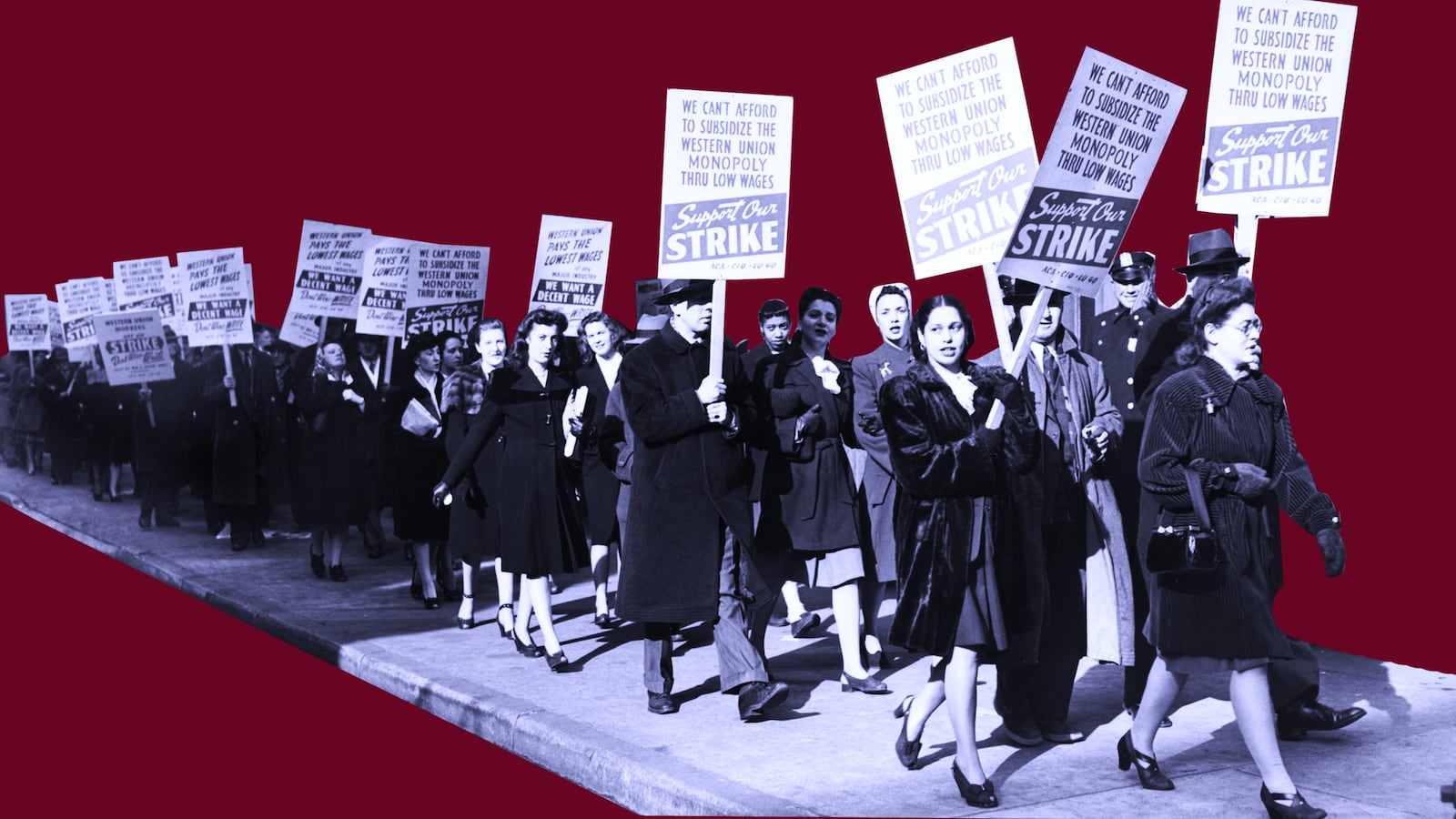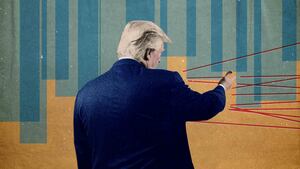Donald Trump’s road to the presidency was paved by working-class discontent, among white workers at least. But since he has been in office, his Department of Labor has done nothing but harm workers, cutting protections and oversight, turning the DOL into the Department of Employers’ Rights.
His department recently issued rules that would permit businesses to discriminate against workers on the basis of LBGTQ, race, national origin, gender, ethnicity, and other characteristics. It is rolling back decades of labor regulations and protections making his administration the most anti-labor administration in decades.
As a nation, we must understand that part of what made America great was the promise of the American Dream being extended to more and more people. And no institution in our nation’s history pushed harder for that dream than labor unions.
At their height, unions represented 34% of America workers. Today, it’s under 11%. Union decline had real impact. Workers’ wages have been stagnant since 1964, meaning that the average worker has not had a real raise in 40 years, while corporate leaders have seen a 980% salary bump since 1978.
Increasing income inequality makes this the Second Gilded Age. Political scientist Jacob Hacker has shown us the “great risk shift,” where once large institutions (governments and corporations) shouldered societal risks. Today, we are all on our own, with little to no net under us. Gone are secure pensions, a sense of stability, good health care, and the sense that our children would have it better than us. American workers, the majority of our population, have lost a lot.
We might never get back to older levels of union density, but even growth to 12% would see a better life for millions of workers, improve our economy and provide a path to the middle class for more Americans. Unions made America Better and can again. There is hope this Labor Day, as a recent Gallop Poll found that amongst millennials support for unions is at at all time high.
And, thankfully, there is a new generation of union leaders such as Sara Nelson, president of the Association of Flight Attendants, recognizes labor’s power. During the recent government shutdown she demanded that the entire 12 million member AFL-CIO call a general strike. Teachers’ strikes in 2018 have renewed a sense of urgency and saw more workers on strike that year than in a generation.
For generations, workers found a home in the Democratic Party, eventually becoming trapped in what became a barren marriage, where they were taken for granted. Since 2016, Democrats have pivoted back to workers. All candidates claim to support workers. If you look at the candidates through the AFL-CIO’s score-card, of the leading candidates, only Kamala Harris gets a 100% rating. Joe Biden is at a still-high 86%.
The roots of the present-day economic decline that created the atmosphere that gave us Trump are found in union decline. And we need to remember that unions didn’t decline naturally—they were forcefully killed off through a series of policy and political choices, some self-inflicted and some at the hands of so-called friends.
Deregulation and economic stagnation, coupled with the rise of institutional investors, changed corporate strategy from long-term to short-term horizons. By the 1970s, companies demanded the maximization of profits and constantly rising stock prices over all else. This changed how they saw unions, which went from partners to obstacles as corporate America led a full-scale public crusade declaring them the enemy of progress. The rise of globalization and the falling away of borders, along with advances in transportation and technology, meant firms could go anywhere. So they picked up and moved.
Starting in the late 1970s, U.S. firms off-shored millions of union jobs to developing nations. The loss of these union jobs, concentrated as they were in the industrialized mid-west led to the creation of the Rust Belt, a sprawl of urban decline in once-booming cities, such as Detroit, Akron, Cleveland, Buffalo, Pittsburgh, and others.
So a history lesson is necessary to understand what we have lost or stepped away from. Working people struggled to make America great in spite of itself. Twenty thousand young immigrant women in 1909, on New York City’s Lower East Side, working upwards of 60-hour weeks with no breaks or rights struck for a better world. They won their strike letting the world know marginalized workers mattered.
In 1936, in the depths of the Great Depression, auto workers decided to sit down to stand up, forcing the world’s largest corporation, General Motors, to recognize their rights and in the process, created a new economic contract. It was this same union, the UAW, that helped America marshal its industrial strength to win World War II and that was a main sponsor of the March on Washington in 1963, where Martin Luther King gave his famous “I Have a Dream Speech.”
Unions helped organize immigrant farm workers in the fields of California, health-care workers, and a host of other marginalized workers. They merged workers’ rights with human rights and constantly demanded corporate responsibility and were the main force demanding that the American Dream remain a real, reachable thing for all Americans.
This Labor Day should force us to reflect on what we lost and think hard about how we can reclaim it before it is too late. On the night before he was assassinated, Martin Luther King was in Memphis to support the city’s striking sanitation workers. He told a large crowd gathered: “Let us rise up tonight with a greater readiness. Let us stand with a greater determination. And let us move on in these powerful days, these days of challenge to make America what it ought to be."
For this Labor Day, we have an important choice. We can do nothing, ignoring history and watching as we further slide as a nation. Or we can listen to King, we can seize the moment to “make America what it ought to be.” To do that means we need to Make America Union Again.







